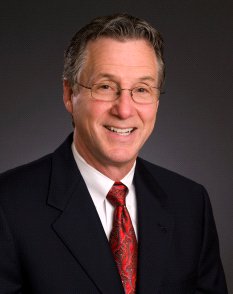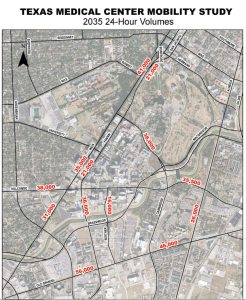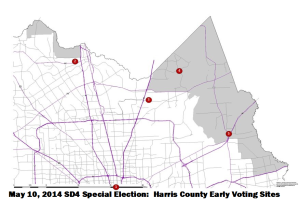Not really sure what to make of this.
“We’ve had a lot of planning in this city and most of us continue to do a great deal of it,” said Central Houston president Bob Eury. “What we haven’t had is the coordination and the ongoing framework for coordination. That’s what is so incredibly important coming out of this process.”
The effort is in its early stages, with Denver-based urban planner, professor and consultant Peter Park having conducted a “plan to plan” in recent months, holding discussions with numerous civic leaders to get a sense of what makes Houston tick and decide what the plan should look like.
City officials presented results of that effort and next steps to a City Council committee last week, to general enthusiasm from council members and civic leaders.
Planning and Development Department director Patrick Walsh said the plan should prevent inefficient decisions, such as paving a street and then tearing it up a few years later to install new drainage pipes, or redundant plans being pursued by the city and local development boards.
It would identify the public’s preferences in specific areas and help guide investment choices, Walsh said. For instance, a park could be a place to relax, or it could be a catalyst for economic development, such as Discovery Green. Or, he said, if it included a trail, it could be part of the city’s mobility system; or it could provide drainage for a nearby public project.
“We are attempting to recognize that there’s been an awful lot of very good work that’s gone on before us,” Walsh said. “It’s time to take advantage of that work and utilize it … There is no need to re-create the wheel here.”
[…]
[Mayor Annise] Parker said neither comprehensive planning advocates’ highest hopes, nor opponents’ worst fears, will be realized in the final product.
That sort of rhetoric hasn’t calmed David Crossley or Peter Brown’s excitement. The two smart-growth gadflies launched BluePrint Houston 12 years ago and, despite the time invested, never quite saw the idea take root. The same could be said for a 1994 effort dubbed Imagine Houston.
“I’ve had outside developers who are interested in investing in Houston ask me, ‘Show me your adopted plan so I get a feel for where I might do a project,’ ” Brown said. “I met with deputy administrator of the EPA in Washington … (who) said, ‘Show me your adopted comprehensive plan.’ There wasn’t one. This is going to help us in many, many ways.”
Even those typically inclined to frown at such proposals see promise.
Josh Sanders, of developer-led Houstonians for Responsible Growth, said there was “some initial trepidation” among his members when whispers emerged of a “general plan.” Those fears proved unfounded, he said, as the planning strategy took shape.
“We think the city does need more of a strategic outlook and does need more coordination between its existing plans,” Sanders said. “What we can do a better job of doing is figuring out how to plan and accommodate growth.”
We’ll see what this turns into. No question, there’s a need for the left hand to know a little more about what the right hand is doing. How that will translate into a set of action items, I have no idea. I’m glad everyone seems to be on board with this, I just have no idea what to expect at this time.
























